Writing the Experience section in your Statement of Purpose (SOP)
Now that the introduction section is complete (if you have not read the earlier articles in the SOP series, find them here) the next few…
Now that the introduction section is complete (if you have not read the earlier articles in the SOP series, find them here) the next few paragraphs of your SOP will detail your experience relevant to the university program you are aiming for.
A lot of folks feel compelled to squeeze in as many of their accomplishments as possible. However the SOP is not the place to restate your resume. Focus on building a narrative around what the school is looking for. You can find what the school is interested in by looking at the writing guides the school provides. If you have not already read the writing guides, I strongly suggest that you read them now.
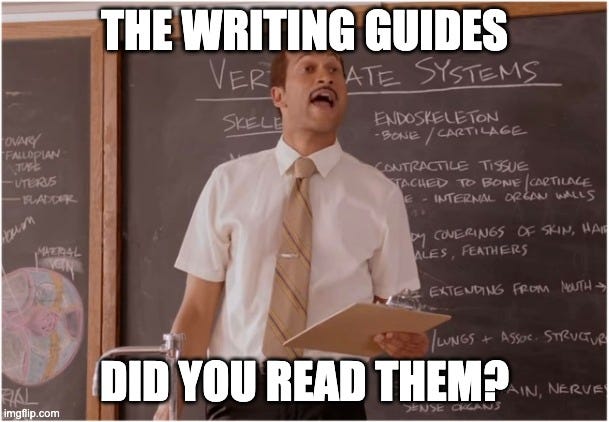
How to write content for your experience section
Now before we come to the exact content you need to put into the experience section of the SOP, here are some guidelines on how to put across content in this section.
Always relate your past and present qualifications to your future
Every experience that you mention in this section must connect to what you hope to do in the future. This could be something you hope to achieve at university or something later on and the skillsets/perspective/network/experience for this goal can be built during your program of choice. For instance, consider the paragraph below (from reference [1]) of how not to write a SOP.
I am an ideal candidate due to the knowledge I have gained thus far in my Master’s program at Carnegie Mellon University. I have completed courses in multiple fields of chemical engineering, as well as increased my knowledge in engineering techniques and lab research. I further honed these techniques by participating in a lab research project
The above example does not emphasise how your experience will be relevant to what you want to do next. Instead consider the paragraph below (from reference [1]) as a good example of a SOP.
My Master’s from Carnegie Mellon University in Chemical Engineering has equipped me with content knowledge and technical experience on colloidal properties that will be a strong asset to the work on soft matter phenomena currently being conducted at Yale University’s department of Chemical and Environmental Engineering
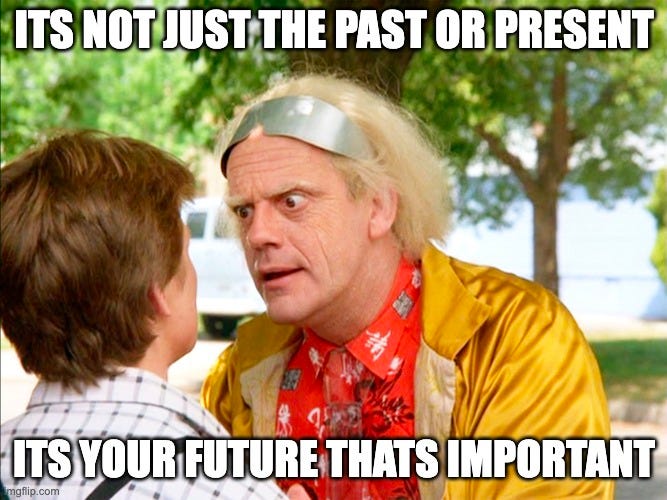
Elaborate your qualifications and use jargon
Do not shy away from getting technical, elaborating and using field specific jargon in your SOP. Your SOP will be read by experts so they will understand and expect field-specific jargon. At the same time resist the urge to insert jargon just because you see the opportunity to do so. You need to find the right balance that enables experts to help understand the familiarity you have with the topic you are talking about. For instance, consider the statement below (from reference [1]) having little to no jargon.
I believe my knowledge base, skills and motivation for research make me a great contribution to Carnegie Mellon’s electrical and computer engineering research group. I’m passionate and enthusiastic about ECE techniques.
Instead of writing generic sentences like the above, be specific. For instance, consider the following example (from reference [1]) taken from a well-written SOP.
I am an ideal candidate for Carnegie Mellon University’s Electrical and Computer engineering program due to my extensive research on radio transmitter identification techniques that can identify multiple transmitters and weak interference sources, independent of the DTV reception.
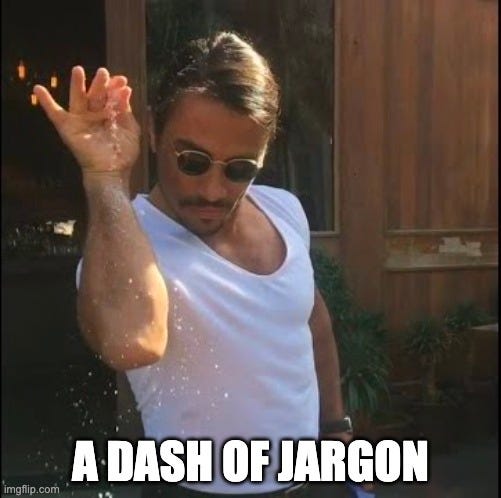
Always explain the ’so what’
Every experience you are stating must have an end result. It could have been research that furthered your field, a value add to customers you worked with, or built the foundation for your expertise in the field of interest. Ideally aim for the STAR format when stating your experiences. For instance, consider the example below of how one should use the STAR format to write the SOP.
Following my graduation in Computer Science and Engineering, I joined XYZ. I was part of an initiative to predict issues in order processing. I built a 6-node Hadoop cluster to collect application logs and text-mine relevant information (using Impala and Pyspark) in near real-time. Then to predict issues, I collaborated with the XYZ Data Science Division. The solution was ML-intensive which proved challenging. However, taking online courses and joining local technical clubs helped me scale up. I focused on regression models and boosting algorithms contributing to the development of an ensemble model for predicting order issues (patent pending). The model now streamlines 100 million dollars’ worth of product daily.
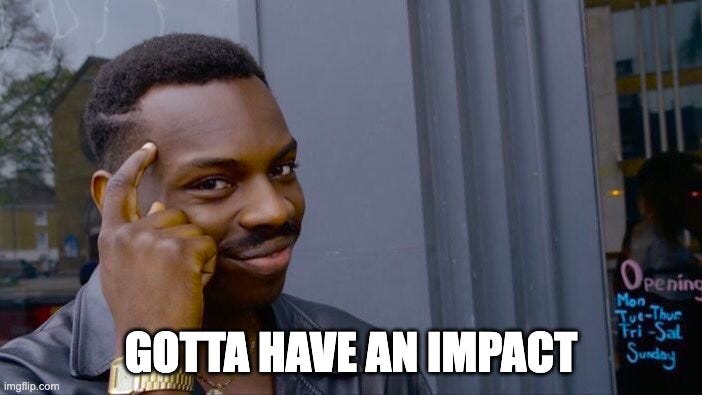
What to write for Experience
Now that we know how to write the content, let’s move on to what to write. Keep in mind we have limited real estate i.e. the word limit. So we need to decide what experiences to use and what to chuck. So, lean back and imagine flipping through your career highlight reel. This can include work experience, research papers (even those under review), patents (even pending ones), projects (ensure its published if possible, on something like GitHub), hackathon wins, contest wins, active blogs etc. The recent ones would hold more water. It would be ideal if the data you include not only shows your domain expertise but also conveys your conviction. The admissions committee needs to be convinced that if selected, you will not quit the university when you face challenges in your field of interest. For instance, a good example for content in the experience section would be
… I led the R&D initiative to automate the identification of the root-cause for application failures. I designed and led the development of a Finite State Machine with bayesian network based analytics to map out application processing and narrow down the root cause of an application failure (patent pending). The solution reduced developer time on bug fixes by 33%. The project posed multiple challenges such as cold start post software release (combated using meta-learning) , distinguishing naive root-causes in monolithic applications (still an open problem), and creating and managing customer segmented FSMs (solved by model compression) . I aim to improve upon this work, which dovetails with the development of XYZ built by professor XYZ as part of XYZ Lab at XYZ.
The above paragraph has a good amount of jargon, roughly follows STAR format, and shows the applicants future plans that run hand in hand with the work at the college of interest. Also note the example mentions some of the challenges faced and overcome by the applicant. This gives confidence to the admission committee that this applicant is more likely to succeed at university.
Once you have the key experiences for this section you can arrange them across a few paragraphs in the following ways
Reverse chronological — This means first state your latest endeavours, and how it ties to your end goals (research or professional). Then state the older experiences that have enabled you to legitimately pursue this goal.
Problem in the field followed by work done — This is a more research oriented approach, where you discuss the research problem you are interested in, and then walk the admission committee through the work you have done so far.
Chronological — This is the least preferred way to arrange your content, as it would start this section off with your least rigorous experience that may or may not be connected to the specialised focus you now have. So the admission committee will have to wade through more of your SOP before understanding what your focused goal at the university would be.
With that you have everything you need to write your experience section of the SOP. To summarise, when this section
Always relate your past and present qualifications to your future
Elaborate your qualifications and use jargon
Explain the ’so what’
Your writing must convey ‘informed passion’ i.e. you are informed about your field of interested, you have a goal in your field, and you demonstrate conviction to complete your program of choice
So grab a pen, jot down a few notes, and get started on that first draft!
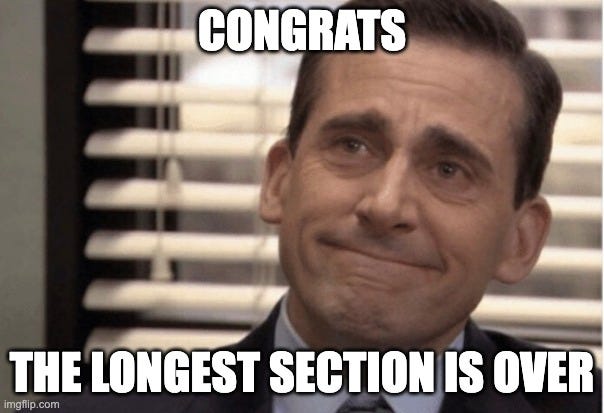
Coming up next in the SOP writing series — The Whys in your Statement Of Purpose (SOP).
If you like to see more of such content do leave a few claps (no upper limit 😁).
If you are looking for free one-on-one mentorship please follow me on Medium and LinkedIn and drop a message on LinkedIn.
References
[1] https://www.cmu.edu/student-success/other-resources/handouts/comm-supp-pdfs/grad-app-sop.pdf
[2] https://www.youtube.com/watch?v=CFE4_OkcNjY#State&ab_channel=gcccmu

